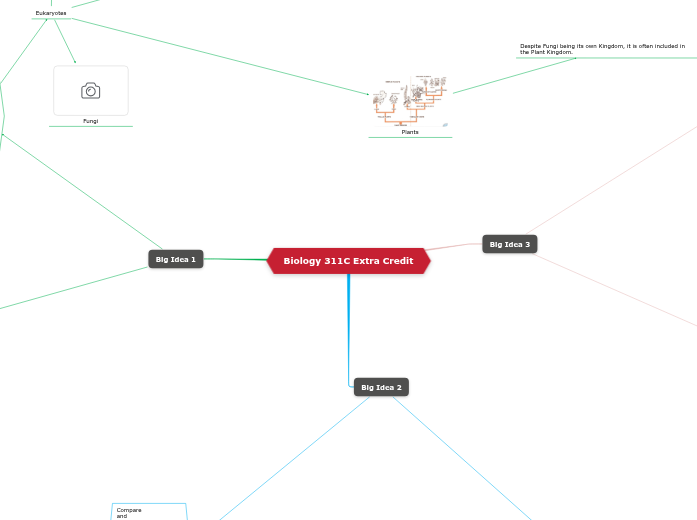HIGHER ORDER
LOWER ORDER
MOTIVATION
Refers to the process by which a person's efforts are energized, directed, and sustained toward attaining a goal.
Elements
Persistence
Employees persist in putting forth effort to achieve this goals.
Direction
Is the effort that´s directed toward, and consistent with organizational goals.
Energy
Element is a measure of intensity, drive and vigor. A motivated person puts forth effort an works hard.
MOTIVATION THEORIES
Type in your idea.
Make sure it can be supported by strong arguments.
2. Theory X and Theory Y of motivation
(by McGreor)
Use 'When' questions to ask about time.
Douglas McGregor expressed his views of human nature in two sets of assumptions. These two theories represent the extreme ranges of assumptions.
Type in your question or choose from the ones below:
When will you start implementing this idea?When will you see the final result?
Theory Y Stands for the set of beliefs based on researchers in behavioral science which are concerned with modern social views on the man at work.
Theory X Stands for the set of traditional beliefs held.
1. Hierarchy of Needs
(Theory by Maslow)
Use 'Why' questions to ask for reasons.
This theory shows that an individual has a hierarchy of five needs that shape his reaction to any particular situation. Human has a hierarchy of 5 needs:
Type in your question or choose from the ones below:
Why do you want to implement this idea?Why do you think it will work?
Self-actualization
Esteem
Social
Safety Needs
Physiological
5. Goal Setting Theory of Motivation
(by Edwin Locke)
States that specific and challenging goals along with appropriate feedback contribute to higher and better task performance. The theory states that goal setting is essentially linked to task performance. 7 principles of goal setting theory are:
Goal Commitment
Self-efficiency
Task Complexity
Feedback
Commitment
Challenge
Clarity
4. Acquired Needs Theory: need for achievement, power & affiliation
(by David Mcclelland)
Use 'Where' questions to ask about the place.
These theory studies individuals' needs and classifies them into three motivating drivers need for achievement, power or affiliation.
Type in your question or choose from the ones below:
Where will you implement this idea?Where will you find the resources?
Need for Affiliation (nAff)
Which is the desire for friendly and close interpersonal relationships.
Need for Power (nPow)
Which is the need to make others behave in a way that they would no have behaved otherwise.
Need for Achievement (nAch)
Which is the drive to succeed and excel in relation to a set of standards.
3. Two factor theory of motivation:
Hygiene and Motivational Factor
(by Frederick Herzberg's)
Use 'What' questions to ask for more information about the idea.
These theory is based on two types of factors. These factors are satisfiers (motivational) and dissatisfy (maintenance or hygiene)
Type in your question or choose from the ones below:
What have you done so far for this idea?What steps should you take?
Hygiene Factors
Dissatisfaction
No Dissatisfaction
Motivators
Type in the answer to the question.
No Satisfaction
Satisfaction









